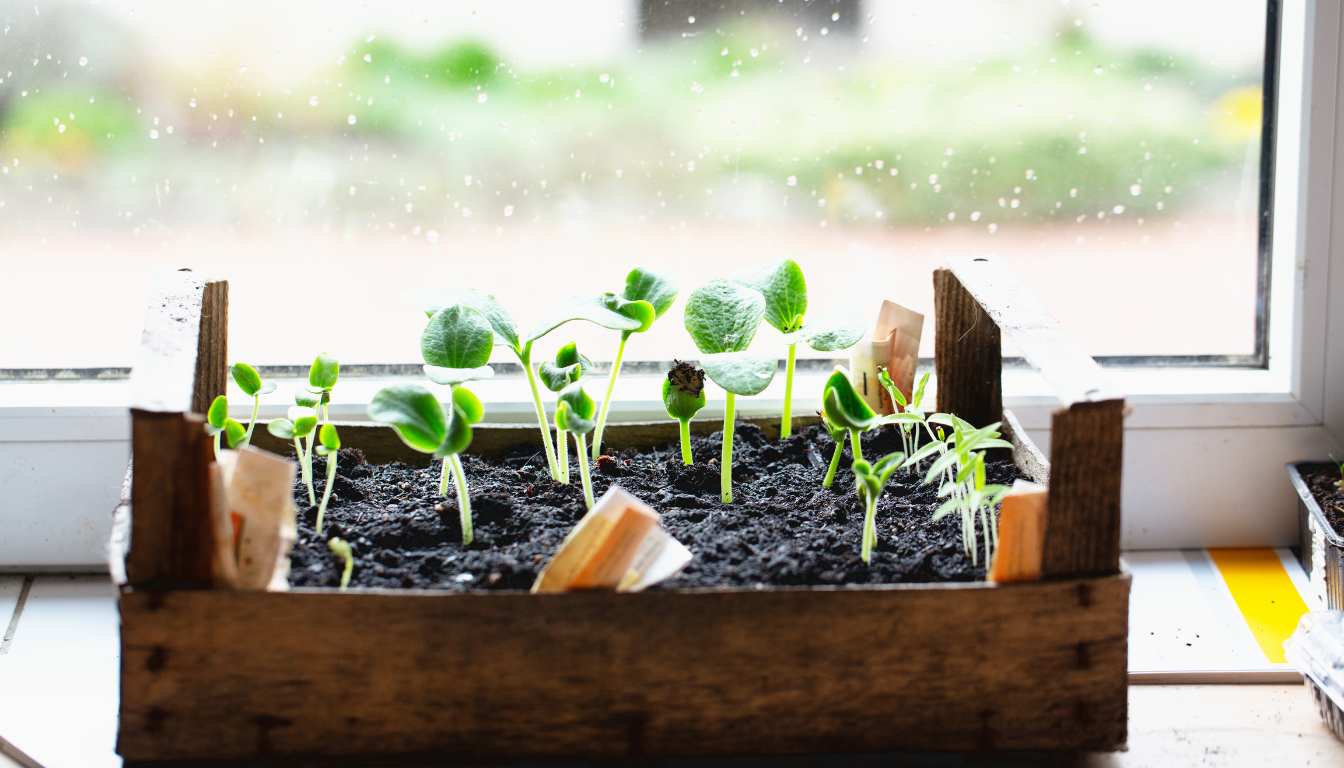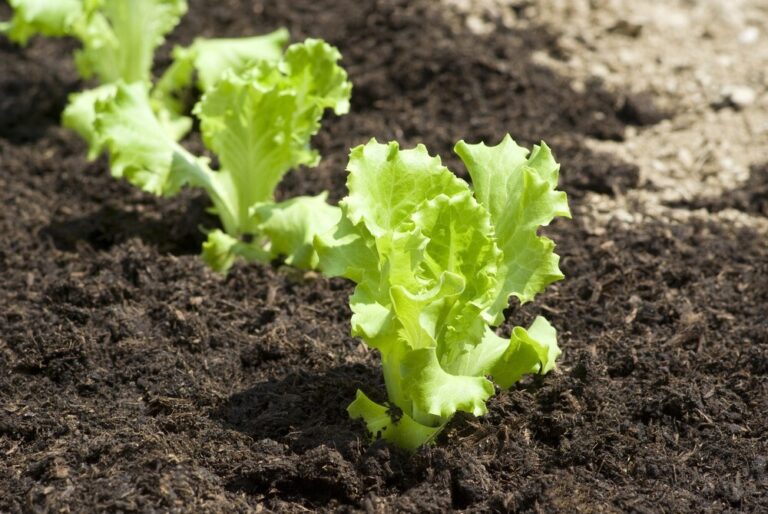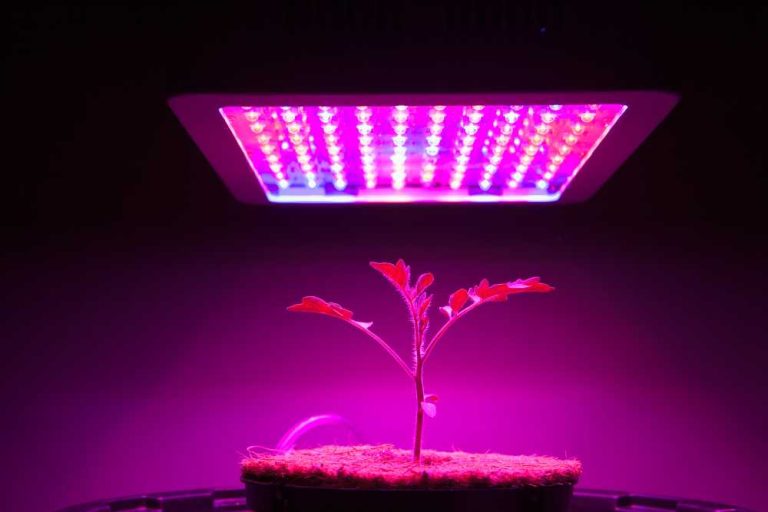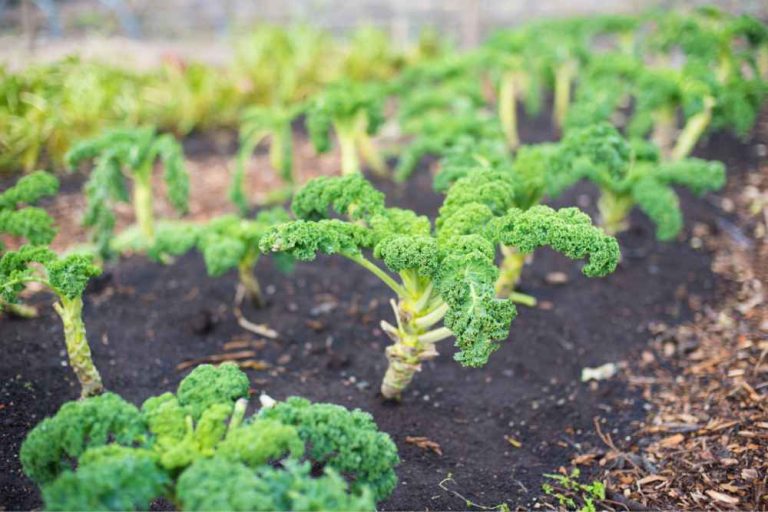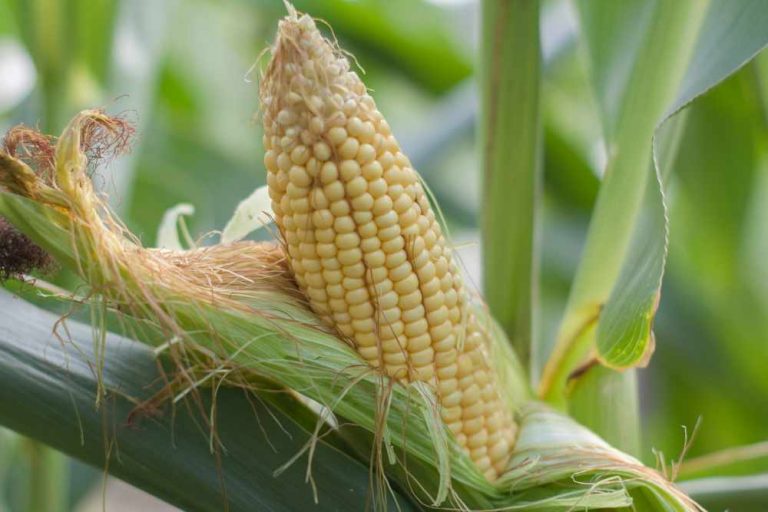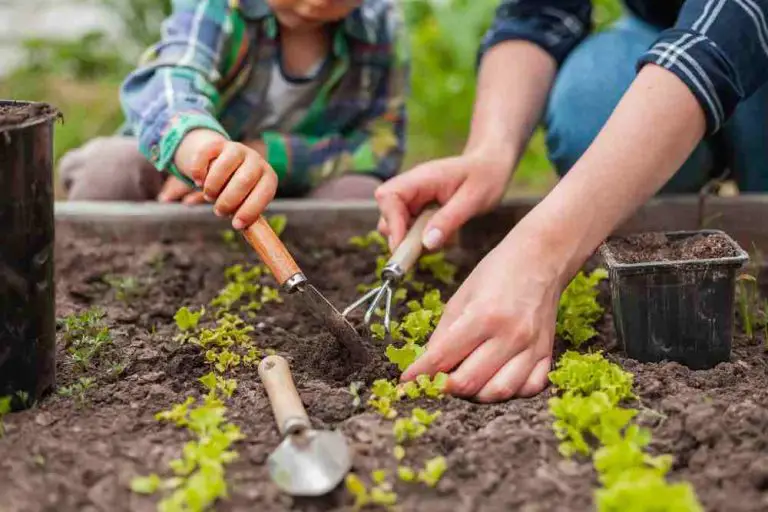How to Grow Pumpkins In Containers: Tips for a Bountiful Harvest
Growing pumpkins in a container can be a rewarding and efficient way to cultivate these vibrant and versatile fruits. Whether you have limited space or simply want to optimize your gardening practices, container pumpkin gardening offers a range of benefits. In this guide, we will explore the best practices for How to Grow Pumpkins In Containers, providing you with tips and techniques to ensure a successful harvest.
When it comes to growing pumpkins, container growing offers several advantages, including improved soil drainage, easier weed control, and better pest management.
Key Takeaways:
Can You Grow Pumpkins in a Container?
Yes, pumpkins can be grown in containers! While pumpkins are typically grown in large garden plots, growing them in containers is a great option for those with limited space or for those who want to try their hand at growing pumpkins for the first time. Container gardening for pumpkins offers a convenient and accessible way to enjoy the beauty and bounty of this beloved fall crop.
Read – Vegetable Container Gardening for Beginners
Growing pumpkins in containers does come with its challenges, but with the right care and attention, it can be a rewarding and successful endeavor. The main challenge of growing pumpkins in containers is ensuring that the container size is appropriate for the plant’s root system and growth requirements. Pumpkins have extensive root systems, so it’s essential to choose a container that is deep and wide enough to accommodate their needs.
Read – Top Indoor Garden Containers
Container sizes for growing pumpkins can vary, but generally, a container that is at least 12-18 inches deep and wide is recommended. This size provides enough space for the roots to spread out and ensures that the plant has room to grow and thrive. Additionally, it’s crucial to choose a container that has adequate drainage to prevent waterlogged soil, which can lead to root rot and other issues.
“Container gardening offers a convenient and accessible way to enjoy the beauty and bounty of pumpkins, even for those with limited space. With the right container size, proper care, and attention, you can successfully grow pumpkins in containers and delight in the harvest of home-grown pumpkins.”
Challenges of Growing Pumpkins in Containers
While growing pumpkins in containers can be a rewarding experience, it’s important to be aware of the challenges that come with it. One of the main challenges is providing adequate water and nutrients to the plants. Because containers have limited soil volume, they tend to dry out more quickly than garden beds, so it’s essential to water regularly and monitor the soil moisture levels.
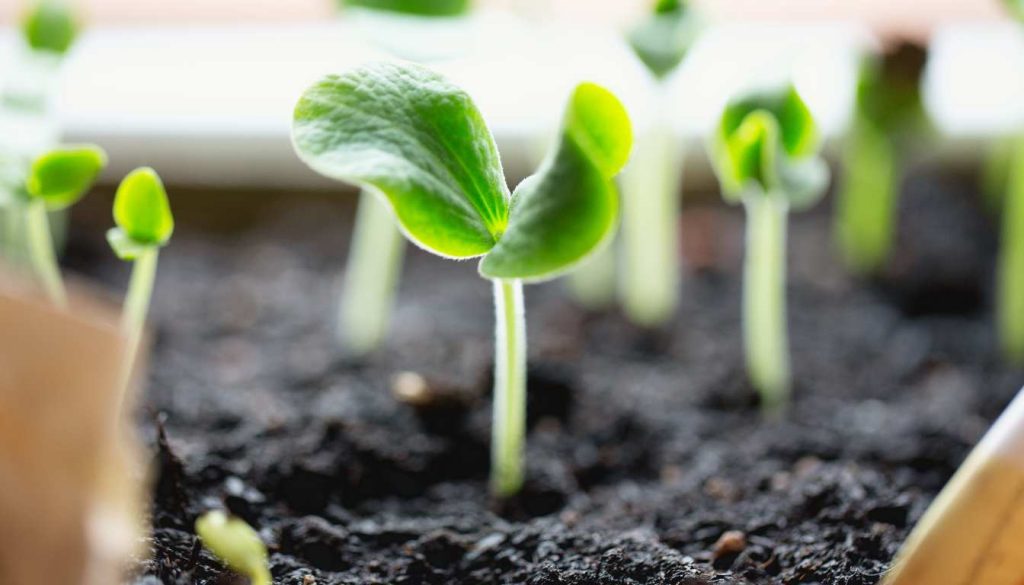
Additionally, pumpkins are heavy feeders and require a steady supply of nutrients to fuel their growth. Regular fertilization with a balanced fertilizer is crucial to ensure healthy plant development.
Another challenge is managing the size of the pumpkin vines within the container. Pumpkins have sprawling vines that can take up a significant amount of space. It’s important to support the vines, such as trellises or stakes, to prevent them from taking over your garden or balcony. Regular pruning can also help control the size of the plant and encourage better airflow, reducing the risk of disease and promoting healthy growth.
Despite these challenges, growing pumpkins in containers can be a fun and rewarding endeavor. With the right container, care, and attention, you can successfully cultivate pumpkins and enjoy a bountiful harvest even in a limited space.
Choosing the Right Pumpkin Variety
When it comes to growing pumpkins in containers, choosing the right variety is key to success. Opting for small pumpkin varieties that are well-suited to container gardening is important. These compact varieties don’t require as much space to grow and thrive in containers.
Some excellent choices for small pumpkin varieties include Baby Boo, Sugar Pumpkin, and Miniature Pumpkins. These varieties produce pumpkins of a suitable size for containers and have delicious flavor and texture.
In addition to size, consider the growth habit of the pumpkin variety you choose. Look for compact and bushy varieties that won’t outgrow your container. This will ensure that your pumpkin plants stay manageable and won’t overtake your limited space.
Whether you plan to use your pumpkins for cooking or carving/decorating, there are varieties available that cater to your specific needs. For those looking to indulge in pumpkin-based dishes, select varieties known for their flavor and texture. If carving or decorating is your goal, opt for varieties that have sturdy skin and are easy to carve.
Choosing the right pumpkin variety for container gardening is crucial. Small pumpkin varieties like Baby Boo, Sugar Pumpkin, and Miniature Pumpkins are excellent choices. Consider the growth habit, flavor, and purpose of your pumpkins when making your selection.
Small Pumpkin Varieties for Containers
Small pumpkin varieties like Baby Boo are perfect for container gardening. With their petite size, they can thrive in limited spaces and still produce beautiful pumpkins. These varieties are not only adorable but also packed with flavor, making them ideal for delicious culinary creations.
Miniature Pumpkins are another great option as they add decorative value to your container garden. These mini pumpkins are perfect for Halloween displays or festive fall arrangements. Sugar Pumpkins are known for their sweet and smooth flesh, making them the go-to choice for pumpkin pies and other delightful treats.
Small pumpkin varieties such as Baby Boo, Miniature Pumpkins, and Sugar Pumpkins are great for container gardening. These versatile varieties offer flavor, decorative appeal, and culinary possibilities.
Compact Pumpkin Varieties for Containers
When selecting pumpkin varieties for container gardening, it’s important to choose compact varieties that won’t overpower the limited space. Look for pumpkin varieties known for their compact and bushy growth habits.
These varieties take up less vertical and horizontal space, making them ideal for containers. By selecting compact pumpkin varieties, you can enjoy the beauty and bountiful harvest of pumpkins even in small container gardens.
Compact pumpkin varieties are the perfect choice for container gardening. These varieties offer the beauty and harvest of pumpkins while taking up less space in your container garden.
How to Plant Pumpkins in Containers
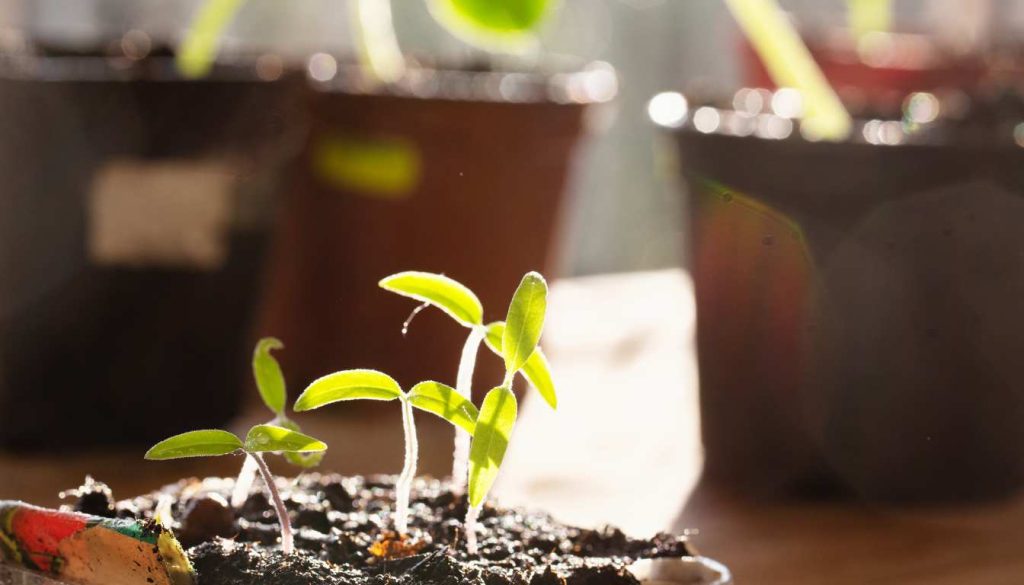
Planting pumpkins in containers is a simple and rewarding process. To start, choose a container that is at least 12-18 inches deep and wide to provide enough space for the pumpkin plants to grow. Fill the container with a well-draining potting mix that is rich in organic matter, such as compost or aged manure. This will provide the necessary nutrients for healthy pumpkin growth.
When planting the pumpkin seeds, make sure to space them at least 2-3 inches apart and plant them about an inch deep in the soil. This will give the seedlings enough room to develop and grow. After planting, water the seeds thoroughly to ensure proper hydration and germination. Keep the soil consistently moist but avoid overwatering, as this can lead to root rot.
As the pumpkin seedlings emerge, thin them out and leave only the strongest and healthiest plants in the container. This will prevent overcrowding and allow the remaining plants to thrive. Throughout the growing season, provide support for the pumpkin vines using stakes or trellises. This will help support the weight of the developing pumpkins and prevent them from collapsing.
Beyond Pumpkin Planting: Essential Care Tips
Proper care for your container-grown pumpkins is crucial for their overall health and productivity. Be sure to place the container in a sunny spot where the plants can receive at least 6-8 hours of direct sunlight each day. This will promote vigorous growth and ensure the development of flavorful pumpkins.
Water the pumpkin plants regularly, keeping the soil consistently moist but not waterlogged. Monitor the moisture level by checking the top inch of soil and adjust your watering schedule accordingly. In addition to regular watering, fertilize the pumpkin plants every 2-3 weeks with a balanced fertilizer. This will provide the necessary nutrients for robust growth and abundant fruit production.
Finally, keep an eye out for any pests or diseases that may affect your pumpkin plants. Early detection and prompt treatment are key to preventing any infestations or infections from spreading. Regularly inspect the leaves and stems for any signs of damage or discoloration, and take appropriate measures to address the issue.
“Planting pumpkins in containers is a convenient and space-saving way to enjoy homegrown pumpkins. Just make sure to choose a container with adequate depth and width, and provide the plants with proper care and attention. With the right techniques, you’ll be rewarded with a bountiful harvest of delicious pumpkins!”
Caring for Your Pumpkin Plants
Proper care is essential for the healthy growth and abundant harvest of your pumpkin plants. By following a few simple steps, you can ensure that your plants thrive and produce beautiful pumpkins.
Watering
Water your pumpkin plants regularly to keep the soil moist. Avoid overwatering, as this can lead to root rot. It’s best to water deeply, ensuring that the water reaches the roots, rather than just the surface of the soil. Mulching around the plants can help retain moisture and prevent weed growth.
Fertilizing
Regular fertilization is important for the nutrient needs of your pumpkin plants. Use a balanced fertilizer that contains equal amounts of nitrogen, phosphorus, and potassium. Apply the fertilizer according to the instructions on the package, usually every two to three weeks. This will provide the necessary nutrients for healthy growth and optimal yield.
Pruning
Pruning your pumpkin plants can help promote better airflow and reduce the risk of diseases. Remove any dead or damaged leaves or vines, as they can attract pests and hinder the growth of healthy foliage. Pruning can also prevent the vines from becoming overcrowded, ensuring that each pumpkin receives enough light and nutrients to develop fully.
Pest and Disease Prevention:
Protecting your pumpkin plants from pests and diseases is crucial for a successful harvest. Regularly inspect your plants for signs of pests, such as aphids or squash bugs, and take appropriate measures to control them.
Applying organic insecticides or using natural pest control methods can help prevent infestations. Additionally, practicing good garden hygiene, such as removing fallen leaves and debris, can reduce the risk of diseases like powdery mildew.
Fertilizing Pumpkin Plants
Properly fertilizing your pumpkin plants is essential for their overall health and productivity. By providing them with the right nutrients, you can ensure strong growth and a bountiful harvest. Here are some tips on fertilizing your pumpkin plants:
Choosing a Balanced Fertilizer
When fertilizing pumpkin plants, using a balanced fertilizer is key. Look for a fertilizer that contains equal amounts of nitrogen, phosphorus, and potassium. These three nutrients are crucial for the healthy development of your pumpkin plants.
Applying the Fertilizer
Apply the fertilizer to your pumpkin plants when they are actively growing. Follow the instructions on the fertilizer package carefully to determine the right amount to use. Apply the fertilizer evenly around the base of the plants, taking care to avoid direct contact with the leaves or stems. This will help prevent the risk of burning the plant.
Consider Organic Options
If you prefer a more natural approach, consider using organic fertilizers for your pumpkin plants. Compost and aged manure are excellent choices as they not only provide nutrients but also improve the soil structure and fertility. Apply these organic fertilizers in the same way as a balanced fertilizer.
FAQ
What pumpkins grow best in containers?
Smaller varieties of pumpkins like “Jack Be Little,” “Small Sugar,” and “Baby Boo” are suitable for container gardening due to their compact size and shorter vines. They adapt well to the confined space of containers.
How long do pumpkins take to grow?
The time it takes for pumpkins to grow varies based on the variety and growing conditions. On average, pumpkins take around 75 to 120 days from planting to maturity. This timeline can be shorter for smaller varieties and longer for larger pumpkins.
What is the best soil for pumpkins?
Pumpkins thrive in well-draining soil rich in organic matter. A combination of loamy and sandy soil with a slightly acidic to neutral pH (around 6.0 to 7.0) works well. Adding compost or well-rotted manure helps provide essential nutrients and improves soil structure for healthier pumpkin growth.
How deep do pumpkin roots grow?
Pumpkin roots typically grow relatively shallow but can extend widely. The majority of the roots tend to spread within the top 12 to 18 inches of soil. However, they can reach out far beyond the plant’s immediate area, especially in search of water and nutrients.
Can pumpkins be grown in a raised bed?
Yes, pumpkins can be grown in a raised bed. The elevated soil level provides better drainage, prevents soil compaction, and promotes healthier root development. Raised beds can also help regulate soil temperature and allow for easier weed control. By mastering the art of growing pumpkins in a raised bed, you can maximize your yield and create a visually stunning garden.
What are the tips for growing pumpkins in a raised bed?
To grow pumpkins in a raised bed, choose a sunny location, prepare the soil with organic matter, provide support for the vines, water consistently, and fertilize regularly. Proper spacing and regular pruning are also important for maximizing pumpkin growth.
What are the best practices for pumpkin cultivation in raised beds?
Some best practices for growing pumpkins in raised beds include using high-quality soil, starting with healthy seedlings or seeds, providing ample space for the vines to grow, using organic mulch to retain moisture, and practicing proper crop rotation to prevent disease buildup.
What are the advantages of growing pumpkins in a raised bed?
Growing pumpkins in a raised bed offers several advantages, such as better drainage, improved soil structure, easier weed control, reduced pest damage, and the ability to extend the growing season by warming the soil more quickly.
- 15 Ingenious Kitchen Garden Ideas to Cultivate Freshness Right at Home - April 7, 2024
- 10 Top Picks Best Plants for Open Terrarium - April 2, 2024
- 21 Easy and Cheap Walkway Ideas for a Charming Garden - March 31, 2024

